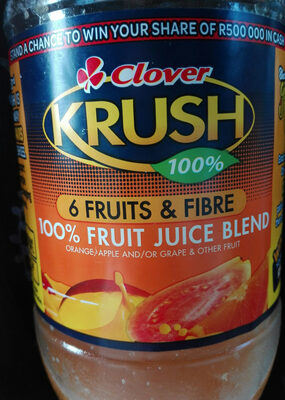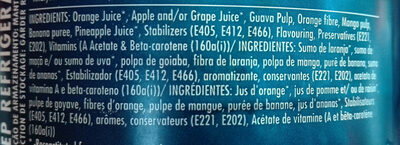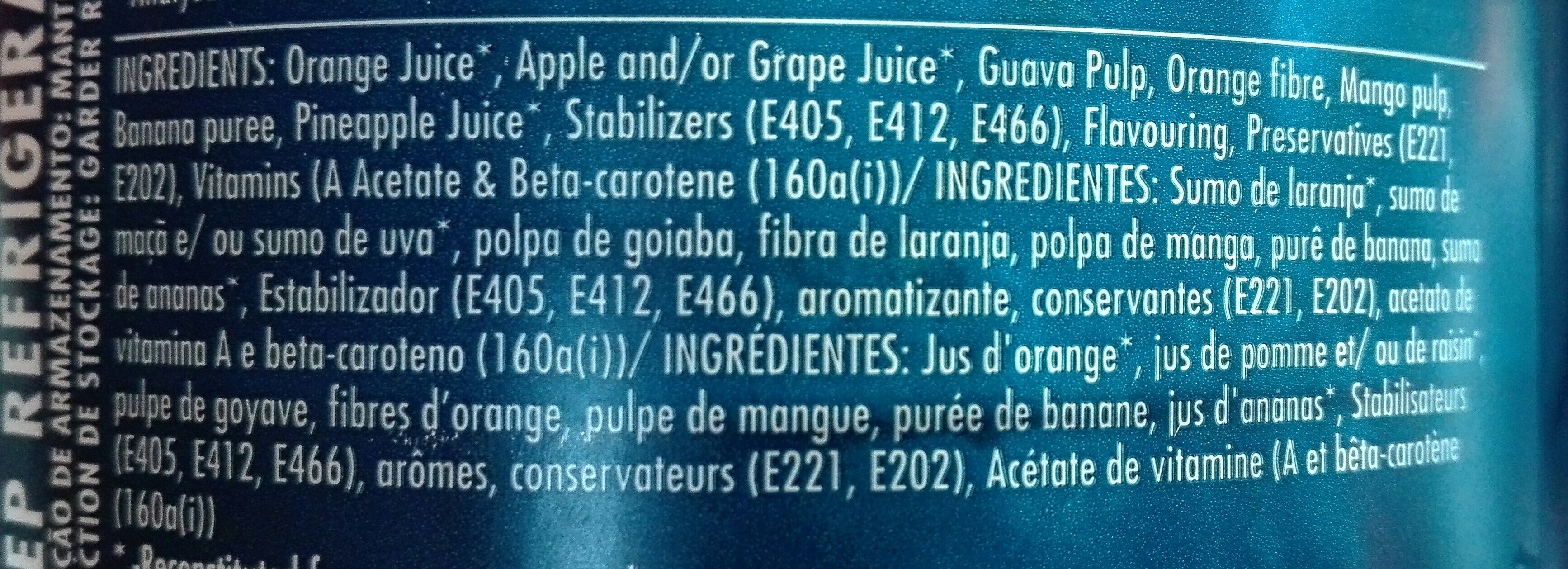Krush - Clover - 1.5L
This product page is not complete. You can help to complete it by editing it and adding more data from the photos we have, or by taking more photos using the app for Android or iPhone/iPad. Thank you!
×
Barcode: 6001299045820 (EAN / EAN-13)
Quantity: 1.5L
Packaging: Plastic Bottle
Brands: Clover
Categories: Plant-based foods and beverages, Beverages, Plant-based beverages, Fruit-based beverages, Juices and nectars, Fruit juices
Manufacturing or processing places: South Africa
Link to the product page on the official site of the producer: https://www.clover.co.za/product-categor...
Stores: Spar
Countries where sold: Namibia, South Africa
Matching with your preferences
Environment
Carbon footprint
Packaging
Transportation
Report a problem
Data sources
Product added on by openfoodfacts-contributors
Last edit of product page on by packbot.
Product page also edited by moon-rabbit.






